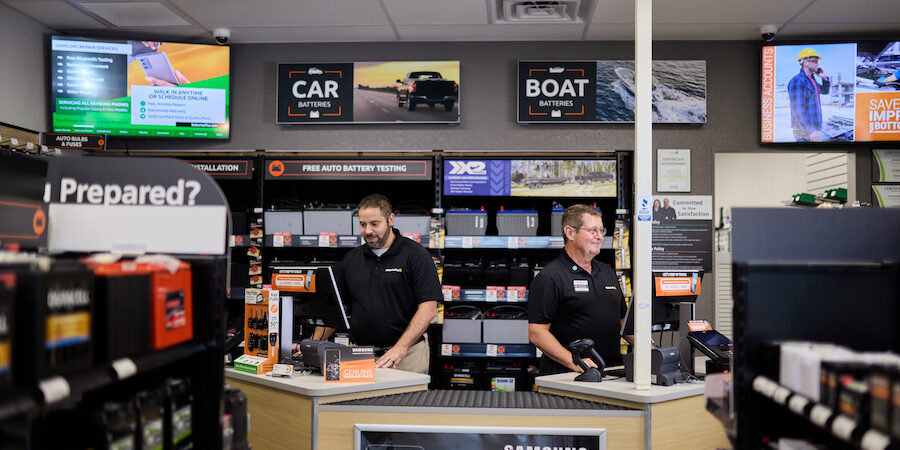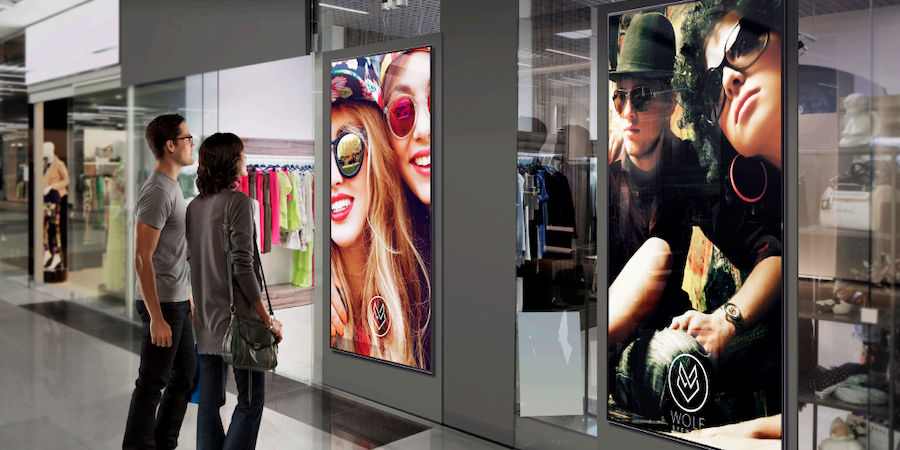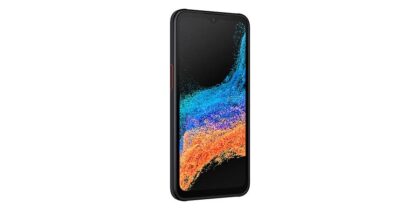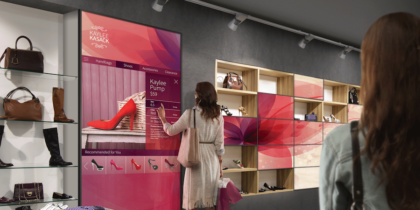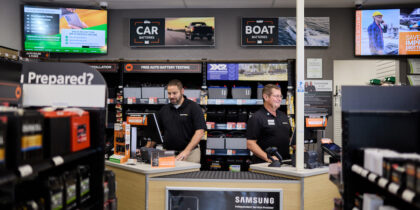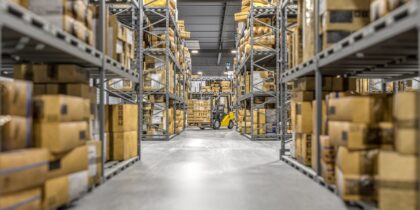Maintaining inventory flow is a critical aspect of retail operations. Yet the back-of-house (BOH) environment — where inventory decisions are often made — is often overlooked and outdated. The good news for astute retailers? Critically important spaces such as stockrooms, warehouses, merchandising quarters, shipping and receiving, and other non-customer-facing areas can be transformed into hubs of insight and efficiency.
In recent years, displays have revolutionized front-of-house retail operations with interactive experiences, self-service options and personalized shopping journeys. And they can make a big impact behind the scenes, too. Incorporating advanced display technologies like Samsung’s QB Series and QM Series into the BOH helps retailers streamline inventory management techniques, access real-time data, and foster better decision-making and teamwork. Here’s how the most innovative retailers use BOH displays to reshape and improve operations.
Streamline inventory management
Managing inventory isn’t just about reordering what’s out of stock. Rather, it is a delicate balance between maintaining supply and predicting demand. Back-of-house displays are a powerful tool for maintaining that balance. Because they can convey real-time data on stock levels, inventory movement and product performance, these screens ensure that employees have up-to-the-minute insights into what’s happening on the floor and in storage.
The future of retail is digital
Get your free guide to growing your retail business by adopting future-proof ecommerce technology. Download Now
For example, BOH displays provide immediate alerts when a store’s most popular items are flying off the shelves. This prompts timely restocking, which helps minimize customer frustration and disappointment. For products that are lagging in sales, employees can identify trends and act before the excess inventory becomes a liability. Both scenarios improve inventory control by reducing the risks of overstocking or understocking, ensuring customers can find the products they need precisely when needed.
Enhance employee efficiency and communication
One of the most valuable resources in a retail environment is time. Back-of-house displays can play a pivotal role in streamlining daily operations by making vital information accessible to employees. Instead of wasting time manually searching for products or sifting through paper records, workers can consult BOH displays to locate items quickly and prioritize restocking tasks.
Back-of-house displays are a centralized hub for inventory details, allowing teams to align their efforts effortlessly. When employees share the same updated information and visual reference points, communication improves, and coordination becomes second nature. For instance, employees can rely on displays during a busy shift to instantly identify low-stock items and replenish shelves.
This improved efficiency often translates into a better work environment. When employees have the tools they need to succeed, it boosts morale and reduces workplace frustration. In a time when retailers are struggling to retain employees, keeping top talent happy is imperative to success.
Additionally, a more efficient workplace environment creates a positive feedback loop: Happier employees — no matter where they work — are more productive, ultimately leading to better customer experiences.
Help drive data-driven decision making
Staying ahead of retail trends requires more than intuition — it demands data. Back-of-house displays integrate seamlessly with other inventory management techniques and systems to deliver actionable insights directly to workers and management. These insights can include sales patterns, stock levels and seasonal trends that guide inventory allocation and resource management decisions.
For example, if a BOH display reveals that a particular product’s sales are spiking during a specific time of year, managers can plan accordingly by increasing orders for that period. Conversely, data highlighting consistent underperformance of an item may signal it’s time to consider discontinuation or adjustments in pricing.
This kind of automation reduces the potential for human error. With stock levels updated in real time, employees can trust the data they see without needing to manually verify quantities — a task that is not only time-consuming but also prone to mistakes. This saves time, reduces waste and empowers retail teams to make more informed inventory decisions.
The future of back-of-house displays in retail
Retailers can use back-of-house displays to take their inventory operations from reactive to proactive. With built-in features like Wi-Fi, Bluetooth connectivity and embedded media players, Samsung’s QB Series and QM Series monitors allow employees to work smarter, communicate better, and make decisions backed by robust data. And with sizes ranging from 32 to 98 inches, there’s a BOH display to fit every environment, whether it’s an accounting office or a massive warehouse.
Retailers looking to enhance their BOH systems can start by evaluating their current inventory management challenges and identifying opportunities for improvement. Whether it’s reducing stockouts, improving employee productivity, or leveraging data insights, modern BOH displays are a versatile solution ready to meet the challenges of modern retail demands.
Ready to elevate your display strategy? See how Samsung displays and Samsung VXT can move the retail needle. Also, discover how one company successfully bridged online and in-person commerce with Samsung displays and VXT software in this case study.
